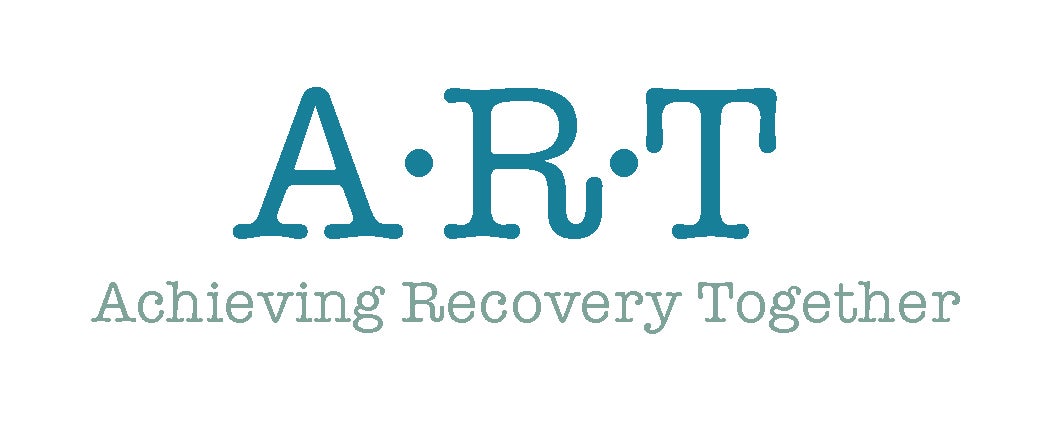Alcohol use disorder can be treated
Published 4:16 pm Tuesday, April 13, 2021
|
Getting your Trinity Audio player ready...
|
ACHIEVING RECOVERY TOGETHER
April is Alcohol Awareness Month. This article is the second in a series.
In our previous article, we gave the big picture of alcohol use. Today, we want to go in depth about alcohol use disorder, or AUD.
According to the National Institutes of Health, “Alcohol use disorder (AUD) is a medical condition characterized by an impaired ability to stop or control alcohol use despite adverse social, occupational or health consequences.”
The term covers alcohol abuse, alcohol dependence, alcohol addiction and alcoholism. It is a brain disorder caused by alcohol use. People can be diagnosed with mild, moderate, or severe AUD. Health care professionals determine the AUD severity based on a person’s self-reported symptoms.
It’s important to understand alcohol use disorder is not a matter of choice. Someone with AUD is chemically dependent on alcohol. They drink in order to feel normal. A person with AUD may see their behavior as a part of normal life. This can look like:
– Inability to control how much they drink.
– Being unable to cut down on how much they drink.
– Spending a lot of time drinking, getting alcohol, or hungover.
– Cravings and urges to drink alcohol.
– Failing to fulfill major work, school, or home obligations because of alcohol use.
– Drinking despite it causing physical, social, or interpersonal problems.
– Leaving or avoiding social activities in order to drink more.
– Using alcohol when it’s unsafe, such as while driving or operating machinery.
– Changes in the amount of alcohol needed to feel drunk.
As the disorder progresses, consuming alcohol becomes necessary. People with AUD will drink throughout the day, not necessarily to feel drunk, but to avoid withdrawal symptoms. Nausea, sweating, and shaking are staved off by a “hair of the dog” in the morning, noon and night. In severe cases, withdrawal causes hallucinations and seizures and requires intensive care.
No one is safe from developing AUD, but there are factors that increase your risk. AUD is often passed on in families. Genetics play a role, as do the learned behaviors a child sees in parents. Trauma and other mental health conditions, such as depression, PTSD and ADHD, are associated with an increased risk. Drinking at a young age (15 or below) increases someone’s risk of developing AUD by five times, as compared to those who started drinking at 21.
Lastly, an individual’s struggle with alcohol use disorder affects family, friends, coworkers and the larger community experience. The core of diagnosing someone with AUD is acknowledging tattered relationships and an inability to care for oneself.
If AUD symptoms sound familiar, please seek help. AUD is a medical condition that can be treated. Be honest with your health care providers and seek support. Achieving Recovery Together will connect you to resources you need as someone with AUD or a loved one. There are many treatment options from basic peer support to prescribed medications. Get started. Keep going. We do recover!
Achieving Recovery Together (ART) is a Recovery Community Organization located at 37 South Main Street, Winchester, KY. Call their Recovery Hotline 859-385-5017 anytime for peer support. www.AchievingRecoveryTogether.org.





